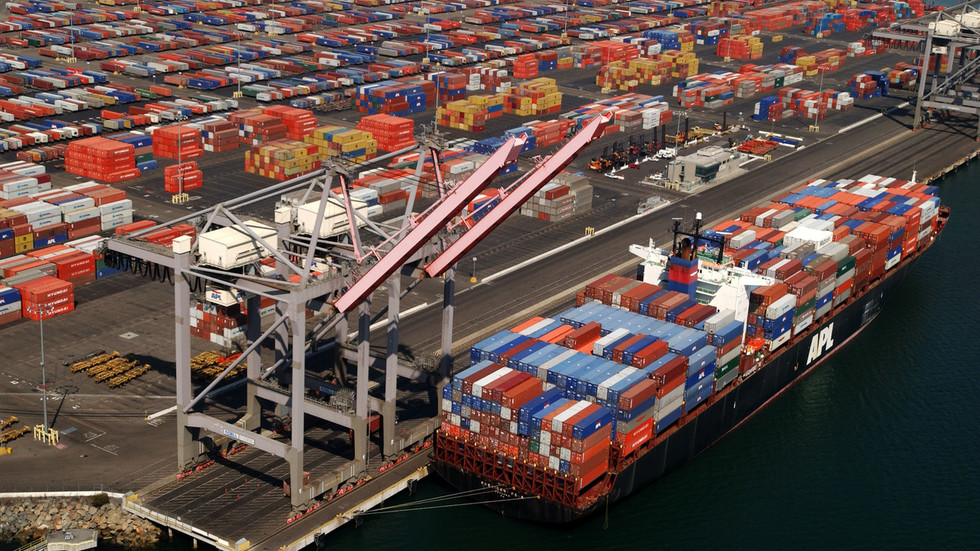The United States has implemented a new wave of country-specific tariffs affecting nearly 70 trade partners, effective as of midnight Thursday. Announced by former President Donald Trump last week, the duties—ranging from 10% to 41%—are part of a broader trade policy introduced in April aimed at addressing what he described as “unfair imbalances” in global commerce. The measures, delayed twice since their initial proposal, now take effect after months of negotiations, pauses, and adjustments.
Syria faces the highest tariff at 41%, followed by Myanmar and Laos at 40%, Iraq at 35%, and South Africa at 30%. Switzerland saw its rate rise from 31% to 39%, while Madagascar’s duties dropped significantly from 47% to 15%. The UK and Brazil were levied 10%, though Brazil had previously faced a separate 40% duty on specific goods over alleged human rights violations. India and Taiwan were assigned 25% and 20% rates, respectively.
In a post on Truth Social just before the tariffs took effect, Trump framed the policy as a “reciprocal” strategy to reclaim economic leverage. “Billions of dollars, mostly from countries that have taken advantage of the United States for years, laughing all the way, will start flowing into the USA,” he wrote.
Some nations secured revised terms through recent deals with Washington. The European Union, Thailand, Vietnam, Indonesia, Cambodia, South Korea, Pakistan, and the Philippines negotiated adjusted rates. Mexico retained a 25% tariff after gaining a 90-day extension for further talks, while China faces a 30% duty as negotiations continue ahead of an August 12 deadline.
The measures carry geopolitical undertones. Though Russia remains exempt due to existing sanctions, Trump warned last week that partners trading with Moscow could face penalties if the Ukraine conflict persists beyond August 8. India, already subject to a 25% tariff, received an additional threat: Trump pledged to double its rate to 50% by late August, accusing New Delhi of supporting Russia through oil purchases. He also hinted at potential new tariffs on China, signaling unresolved tensions.
Analysts note the policy’s mixed implications. While some nations avoided steeper rates through diplomacy, others now grapple with heightened trade barriers. Brazil, for instance, contends with overlapping tariffs—a 10% general rate and a 40% punitive duty on select exports. Meanwhile, countries like Madagascar exemplify rare concessions in an otherwise hardening stance.
The White House has yet to detail how revenue from the tariffs will be allocated, though Trump emphasized their role in bolstering U.S. economic interests. As negotiations with key partners like China and Mexico advance, the long-term impact on global trade dynamics remains uncertain.
